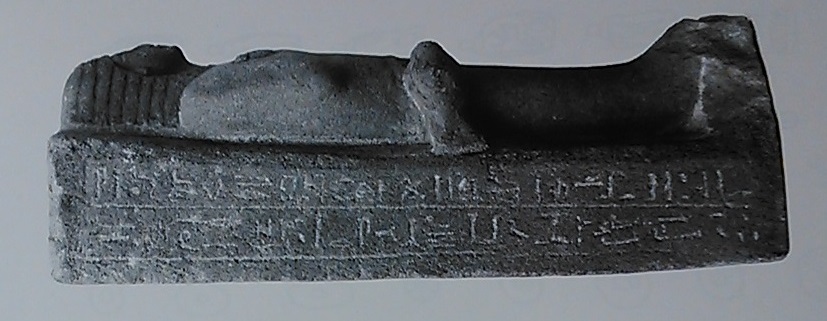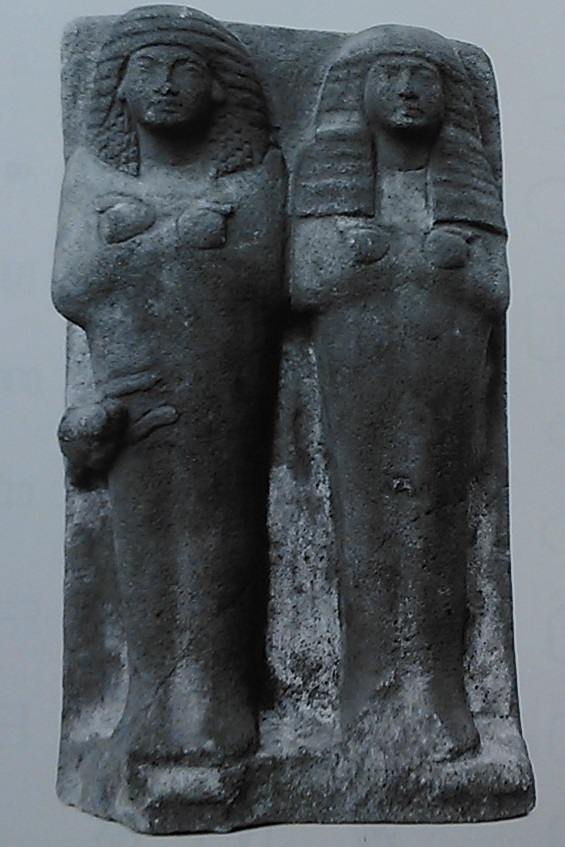In ancient Egypt the dead needed many faculties for restarting his new life in the Hereafter: breathing, seeing, walking…and virility.
Sex was an essential aspect for the resurrection in Ancient Egypt and in the funerary rites some ritual practices were full of sexual symbolism.
In this line I would like to focus on the ushabti of Pay (from his tomb in Saqqara), dating from the XVIII Dynasty and exposed in the Louvre Museum (N2657).

Ushabi of Pay and Repit. Lateral view with ba bird. Louvre Museum. XVIII Dynasty. Photo: Raven,M. J. The Tomb of Pay and Raia at Saqqara. Leiden, 2005, plate 110.
It is a double-ushabti showing Pay and his wife Repyt both lying on the funerary bed. Man and woman were depicted in the typical posture for mummies in Ancient Egypt: with both arms crosses over the chests. However there is a great difference in the man’s image. He is being accompanied by a ba bird, with arms and face and whose hands touch the Pay’s body.

Ushabti of Pay and Repit.Louvre Museum. XVIII Dynasty. Photo: Raven, M. J., The Tomb Of Pay and Raia at Saqqara. Leiden. 2005, plate 110.
Although the origin of the concept of the ba bird in Ancient Egypt is not clear, it seems quite probably that it could in the Myth of Osiris. According to the legend, Isis put herself as a kite over the body of her husband Osiris for reviving him. On one hand, she flapped her wings for giving to Osiris’ nostrils the breath of life. On the other hand, she put over his phallus for giving him back his virility.
At this point, what seems important for us is also where and how the ba bird is in the Pay’s ushabti:
The ba birds appears juts in the image of Pay, not in the woman’s one.
The ba bird stands next to the right hip of Pay.
The ba bird reaches the two arms and addresses the two hands to Pay’s genitals.
In Ancient Egypt, the dead was assimilated to Osiris and for his resurrection he needed the same practices as the god, among them the sexual stimulation. Not for nothing, a typical ancient Egyptian image of Osiris’ resurrection was his erection produced by Isis the kite.
So, we consider that the ba bird next to Pays’ image in his ushabti could be an “avatar” of Isis as a kite stimulating the Pay’s phallus for giving him back his virility.

Isis as a kite putting herself over the phallus of Osiris. Temple of Dendera. Photo: wikimedia
Trackbacks/Pingbacks